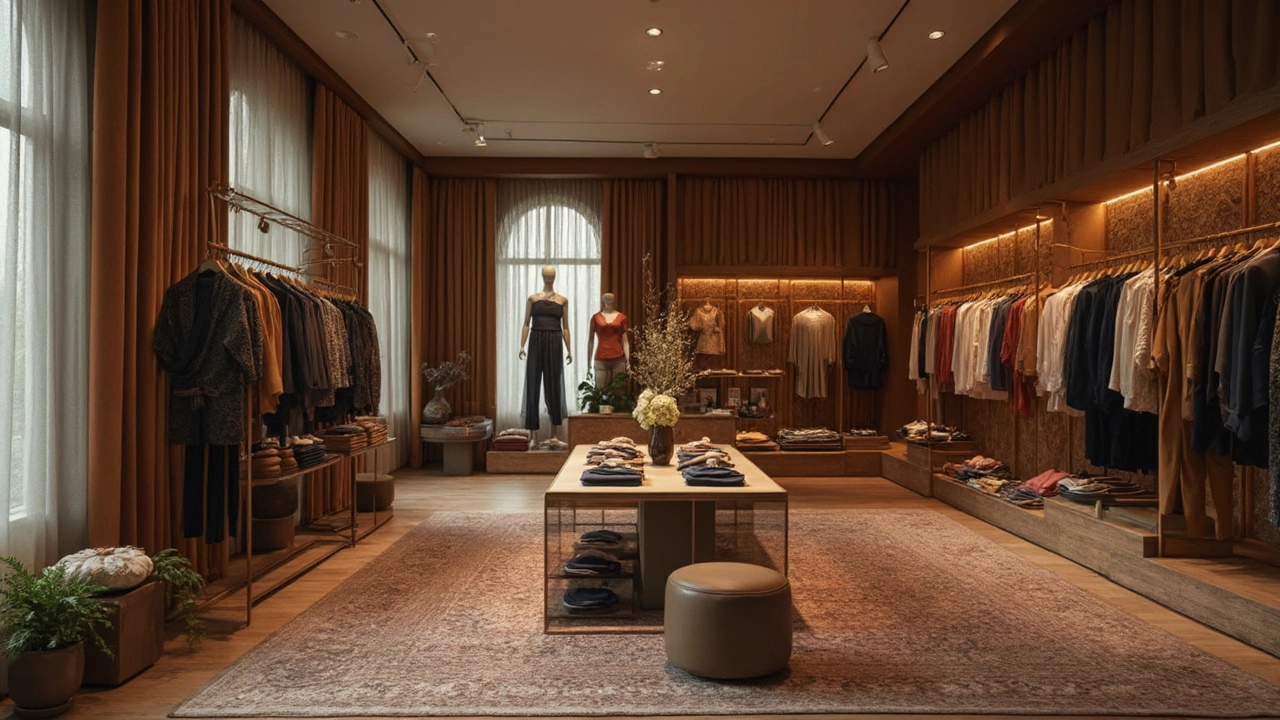How to Understand Fashion Pricing and Shop Smart
Ever wonder why a T‑shirt costs $20 while a similar one is $50? The price tag often hides a mix of material choices, brand hype, and production costs. Knowing the basics can help you grab good quality without bleeding your wallet.
What Determines a Garment’s Price?
First, look at the fabric. Natural fibers like cotton, linen, or wool usually cost more than synthetic blends. That doesn’t mean a synthetic piece is cheap – it might be engineered for durability or stretch. Next, check the construction. Double‑stitched seams, reinforced collars, and good lining add to the cost because they take more time to make.
Brand reputation also plays a role. A well‑known name often charges extra for the label, not just the product. Finally, consider where the item is made. Local manufacturing typically involves higher labor rates than overseas factories, which can push the price up.
Smart Ways to Save on Fashion
Timing is everything. Most brands roll out new collections in spring and fall, then discount the previous season’s stock. Mark your calendar for end‑of‑season sales – you’ll find solid pieces at 40‑60% off. Online flash sales and off‑price retailers can also be treasure troves if you’re willing to check daily.
Don’t ignore the power of coupons and loyalty programs. Signing up for a brand’s newsletter often lands you a welcome discount, and many stores reward repeat purchases with points you can redeem later. If you shop with a friend, ask about a “buy‑one‑get‑one” or share a bulk discount code.
Another tip: compare the same item across different sellers. A $70 jacket on one site might be $55 on another due to varying margin strategies. Use price‑comparison tools, but keep an eye on shipping costs – a lower item price can disappear with high delivery fees.
Quality over quantity matters too. A well‑made blazer that lasts five years can be cheaper per wear than a cheap shirt you replace every season. Check the care label; items that need dry‑cleaning add ongoing cost, so a machine‑washable alternative could save you money in the long run.
Finally, think about resale value. Some premium pieces hold their price or even appreciate if they’re kept in good condition. Platforms for pre‑owned fashion let you sell items you no longer wear, offsetting the original spend.
By understanding what drives price and using these practical buying habits, you can enjoy stylish looks without feeling ripped off. Remember, it’s not about buying the cheapest thing – it’s about getting the best value for your money.

